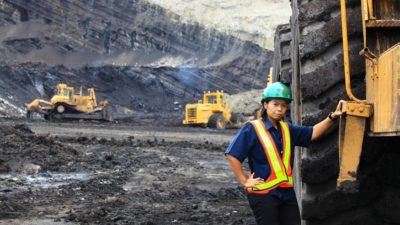Back in August, I wrote about the long-term growth potential I saw in Woodside Petroleum Limited (ASX: WPL) through its 50% investment in Canada's giant Kitimat LNG project (alongside operating partner Chevron).
The project was fascinating not just because it represented almost half of Woodside's 2C Contingent energy resources, but because it planned to use all-electric drives to cool and compress natural gas into LNG, leading it to be dubbed "the Tesla of LNG plants".
So what's happened?
Last month, Woodside CEO Peter Coleman told Reuters the company is seeking to reduce its ownership in the Kitimat LNG project, as well as its Scarborough gas field, to re-balance the company's portfolio. In the Reuters article, Coleman is quoted as saying:
In a major project where we are operating, we would like to be between 40% and 60% equity. It kind of makes sense. When you're non-operator, anywhere between 20% and 40% is the right number.
So what?
I have to admit, I was mildly disappointed. Kitimat is an exciting project! It's bold, it's technically ambitious and, with a plan to produce up to 18 million tonnes of LNG per year, it's huge!
The problem for Woodside is that 'big, exciting green-field project' and 'prudent capital and risk management' in this case are diametrically opposing ideas. This is especially so because shale-based resources like Kitimat are not where Woodside Petroleum's experience lies, so the decision to lower the company's risk here makes a lot of sense.
The news is also interesting because it signals Woodside's early positioning for its next big phase of capital expenditure known as 'Horizon II'.
As Coleman told Reuters, "It also helps us fund through this next expenditure cycle if we can reduce our capital requirement."
The next cycle between 2022–2026 aims to leverage existing infrastructure to unleash new pockets of reserves.
Now what?
Woodside's next step is to find an interested buyer and hammer out a deal.
But given the cash will be ear-marked for long-term capital development, I'm not expecting to see any special dividends or buy-backs heading to investor pockets.







